Ping Blueprint S Iron Review
Let's see if the latest iron off the Ping production line delivers the performance for the better player it promises
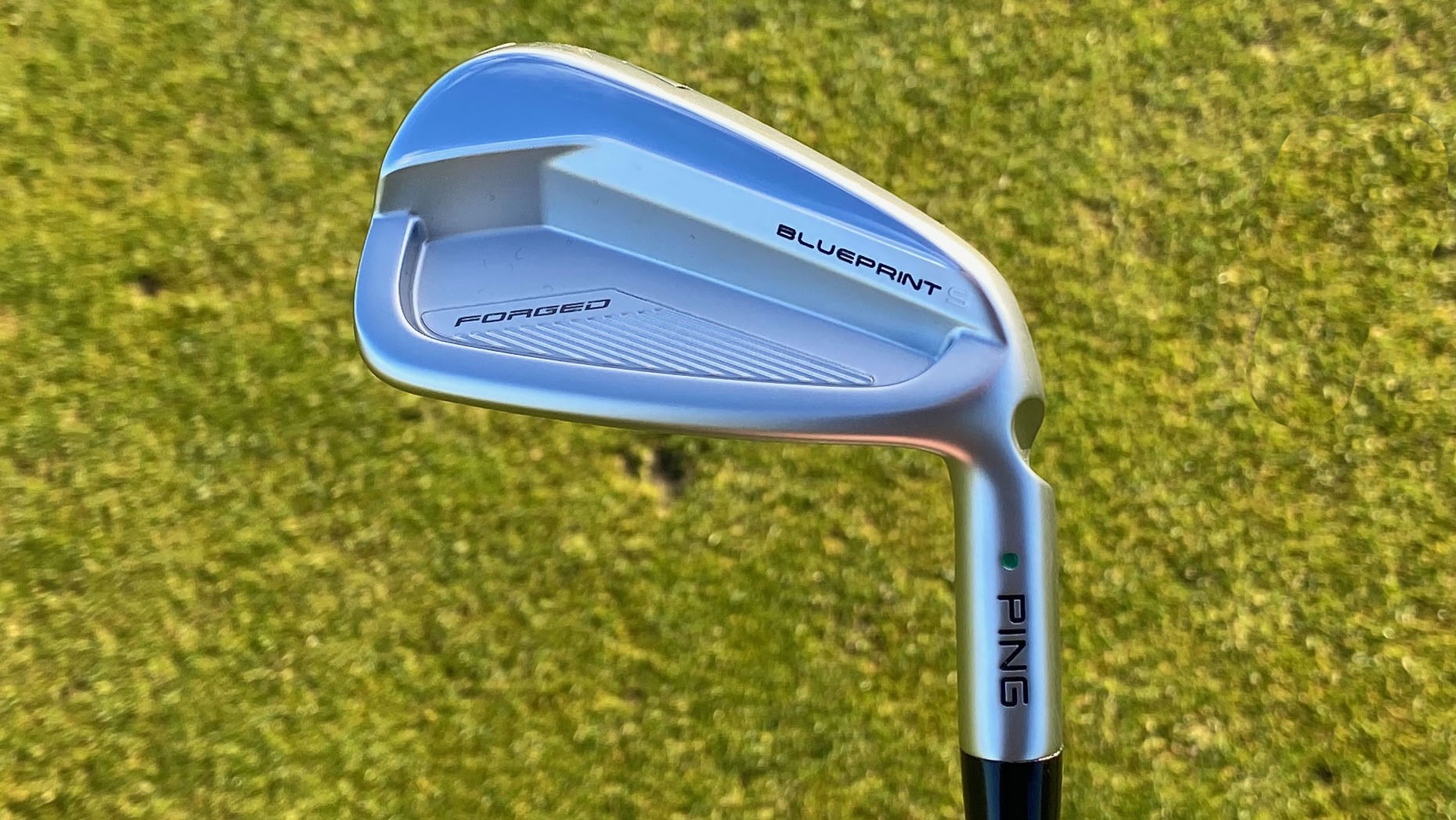
An excellent offering in the low handicap, players' cavity space from Ping. The compact head and minimal offset will appeal to the purist and the solidity of strike is unquestionable. Shelf appeal could arguably be improved but the performance is everything we'd hoped for and more.
-
+
Lovely compact profile behind the ball
-
+
Real depth to strike
-
+
Good, consistent ball numbers and flight
-
-
Many won’t like the chrome stripe on the back
Why you can trust Golf Monthly

Ping has long been responsible for creating some of the best golf irons on the market. Traditionally it has produced some of the best game improvement irons, but in recent times has focussed more attention on the elite player category. The Blueprint family sits firmly within that genre and I was able to get my hands on the Blueprint S iron that has been going down so well on tour.
VIDEO: Joe Ferguson tests and compares the leading low handicap irons in 2024
The Blueprint S is a compact profile, minimal offset, players' cavity iron that is pitched towards the low handicap market and has even seen some early success on the professional tours with Louis Oosthuizen capturing the Alfred Dunhill Championship using them.
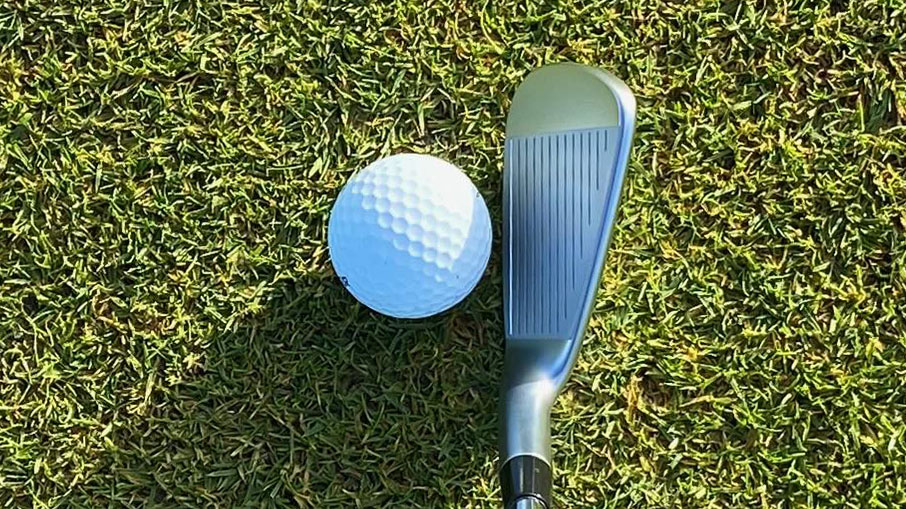
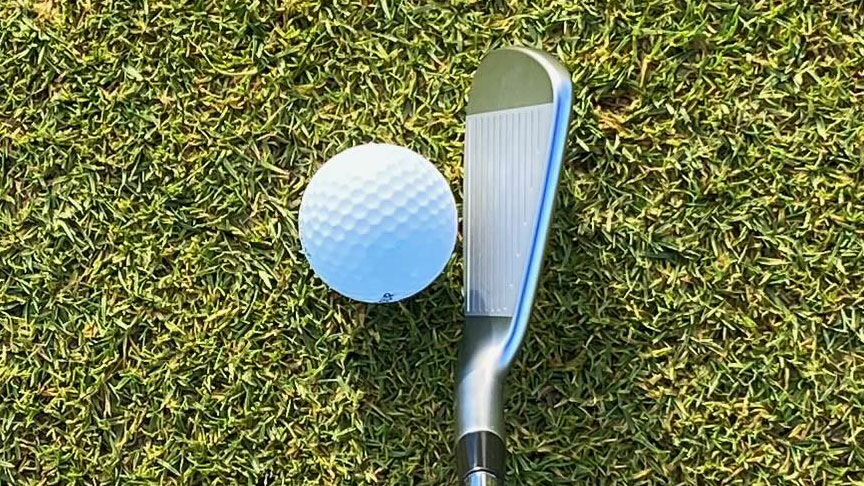
In terms of the looks down behind the ball, Ping has done an excellent job. The dimensions are just about spot on and will really appeal to players who have gamed blades over the years. The top line is nice and thin, blade length is compact without being intimidating, and they really frame the ball beautifully. The offset is very minimal although it does appear to increase gradually as you head up into the longer irons.
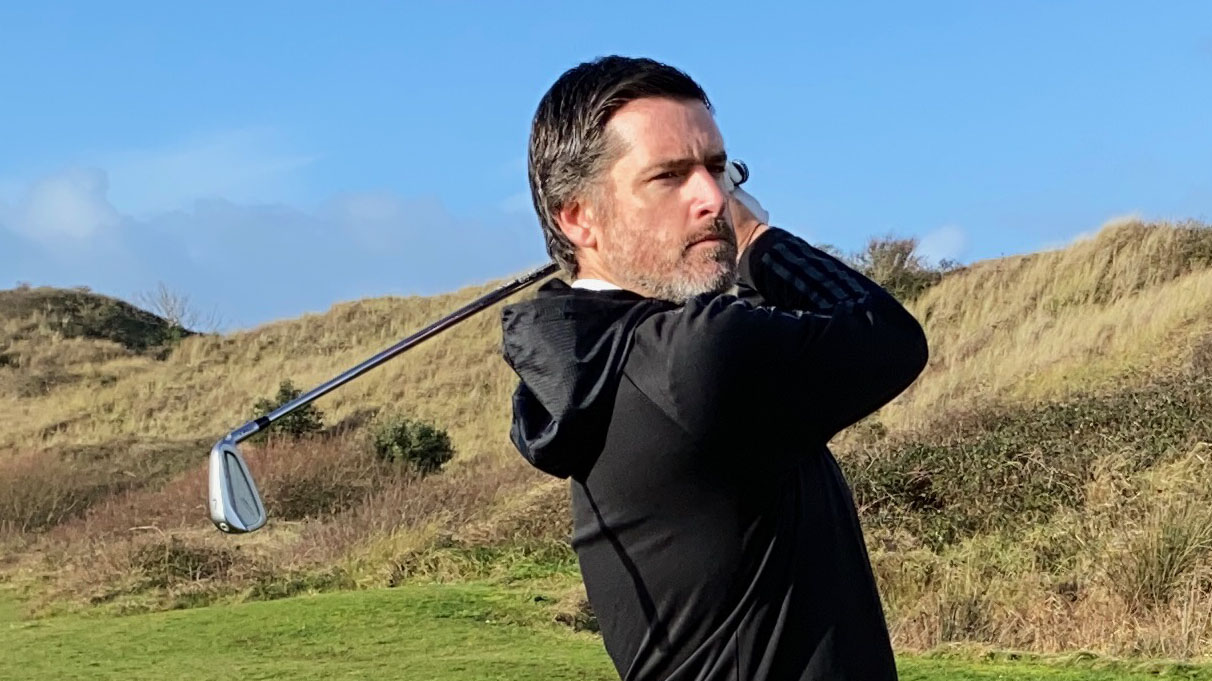
One of my few gripes with the visual of this iron is the somewhat unnecessary strip of chrome that covers around half of the cavity perimeter on the back of the club. The rest of the head is a nice, sophisticated brushed satin sort of finish that Ping calls Hydropearl 2.0, which looks great, so the chrome strip doesn’t add anything for me. If anything, it cheapens the aesthetic and diminishes the shelf appeal.
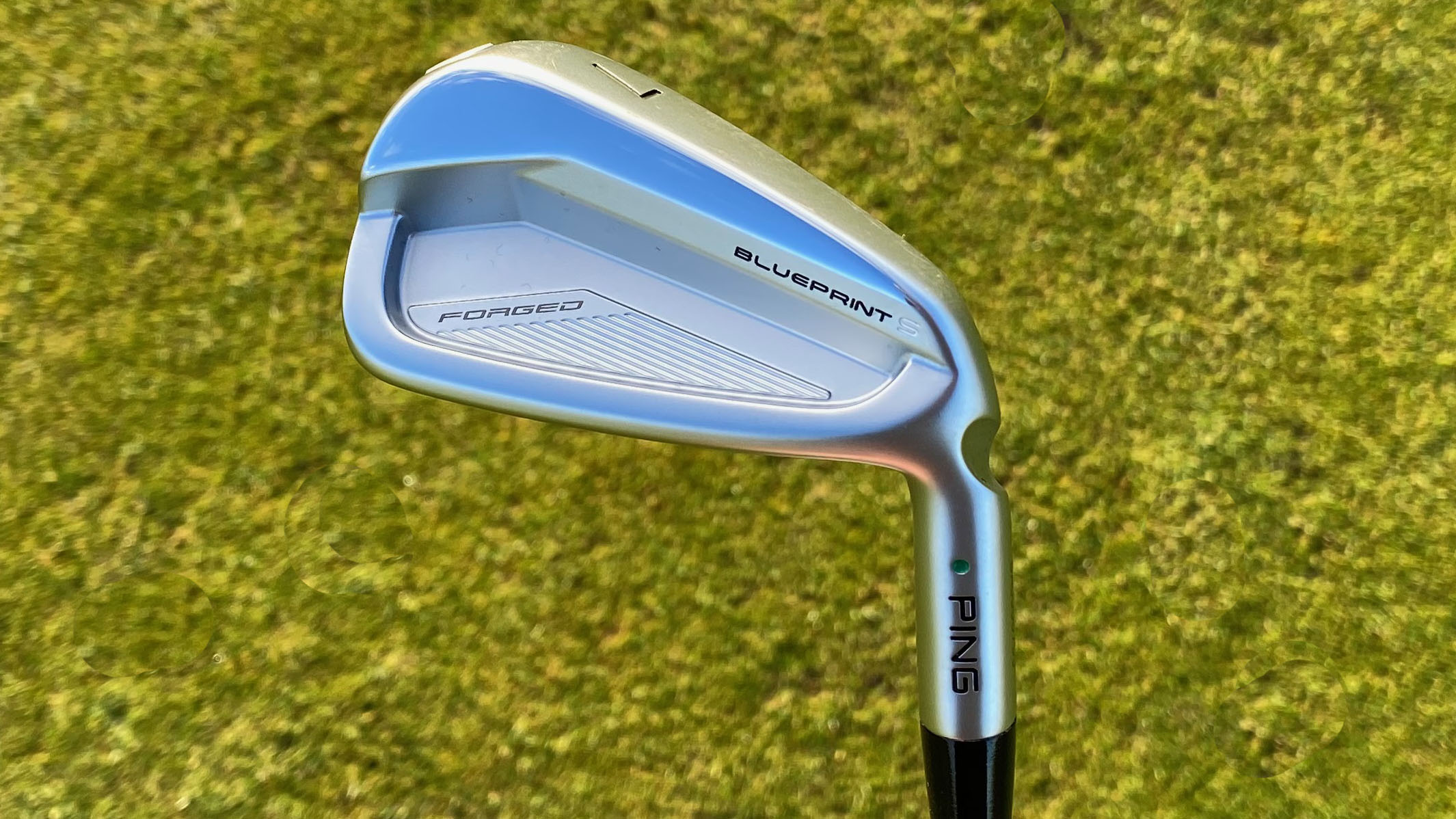
In terms of tech, there is obviously only so much engineers can do in this category of iron, but Ping has packed a lot in here. It has introduced what it refers to as “precision pocket forging.” This patented forging technique allows Ping to forge a pocket into the cavity of the 3, 4 and 5 irons. This pocket saves 10 grams of weight, which is re-allocated to increase the MOI and alter the center of gravity position with the aim of more distance and trajectory control.
Within this forged cavity, Ping has positioned an elastomer insert to enhance feel and sound in the longer irons.
Subscribe to the Golf Monthly newsletter to stay up to date with all the latest tour news, equipment news, reviews, head-to-heads and buyer’s guides from our team of experienced experts.

In terms of the performance, I really cannot fault these irons. Strike is predictably solid, perhaps on the firmer end of the spectrum, but I really enjoyed it. Imperfect strikes are certainly flagged up from a feel perspective, but again this is a plus for me, as better players tend to crave this feedback as long as it isn’t punished too harshly in performance - which it isn't.
In this category of iron, I am generally not looking for distance, more an overall package of consistency, workability and turf interaction, and the Blueprint S delivers. I found myself able to vary trajectory very comfortably, and move the ball at will with both fades and draws just as easily as with its sibling, the Blueprint T.

I gathered ball data using the Trackman 4 launch monitor and found no real surprises with the Blueprint S irons. All of the major parameters such as launch, spin and carry were exactly where I would want them to be and were very comparable with my current gamers, the Callaway Apex CB irons. The 7-iron comes in at 33° but as with many of the best Ping irons, golfers have to option to choose Power Spec (up to 1.5° stronger) or Retro Spec (up to 2° weaker) to get the optimum carry distances.
I was fortunate enough to be able to test them in two very different turf conditions, one very soft and damp immediately after a fairly severe downpour, and the other some particularly tight and crisp links turf at Saunton Golf Club, and the Blueprint S was a delight from both. The soles are pretty narrow so may not suit a steeper angle of attack that well, but I found them to glide through these varying ground conditions really nicely.
Overall, I thoroughly enjoyed my outings with the Blueprint S. From a performance aspect, these irons do absolutely everything I hoped they would. There's room for improvement visually, but the hitting experience was close to faultless.

Joe has worked in the golf industry for nearly 20 years in a variety of roles. After a successful amateur career being involved in England squads at every age group, Joe completed his PGA degree qualification in 2014 as one of the top ten graduates in his training year and subsequently went on to become Head PGA Professional at Ryder Cup venue The Celtic Manor Resort. Equipment has always been a huge passion of Joe’s, and during his time at Celtic Manor, he headed up the National Fitting Centres for both Titleist and Taylormade. He’s excited to bring his knowledge of hardware to Golf Monthly in the form of equipment reviews and buying advice.
Joe lives in North Devon and still plays sporadically on the PGA West region circuit. His best round in recent years came earlier in 2023 where he managed a 9 under par 63 at Trevose GC in a Devon & Cornwall PGA Tournament.
Joe's current What's In The Bag?
Driver: Switch between TaylorMade Qi35 and Callaway Elyte TD - both with Fujikura Ventus Black 6-X
Fairway wood 1: TaylorMade BRNR Copper Mini Driver - Fujikura Ventus Black 7-X
Fairway wood 2: Callaway Apex UW 17˚- Fujikura Ventus Black 9-X
Irons: TaylorMade P7CB 3-PW with Dynamic Gold Tour Issue X100 shafts
Wedges: Callaway Opus 50, 54, and 60 degrees - Project X LS 6.0 shafts
Putter: LAB Golf Oz.1 (zero shaft lean)
Ball: TaylorMade 2024 TP5x
Grips: Golf Pride Tour Velvet 60R
Bag: Vessel Player IV Pro DXR Stand